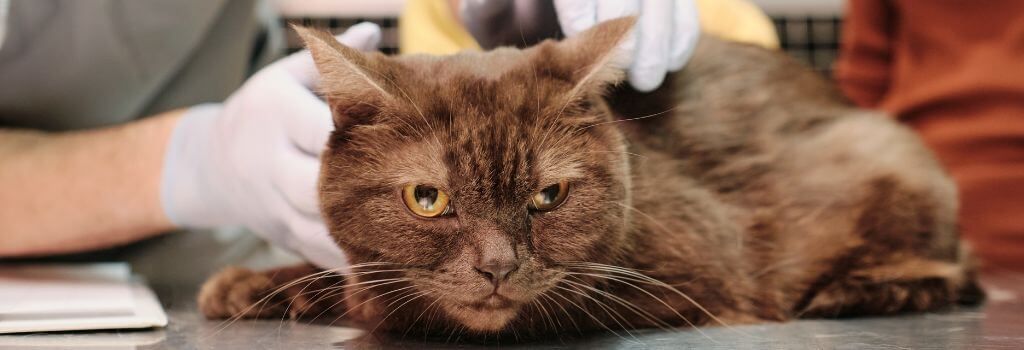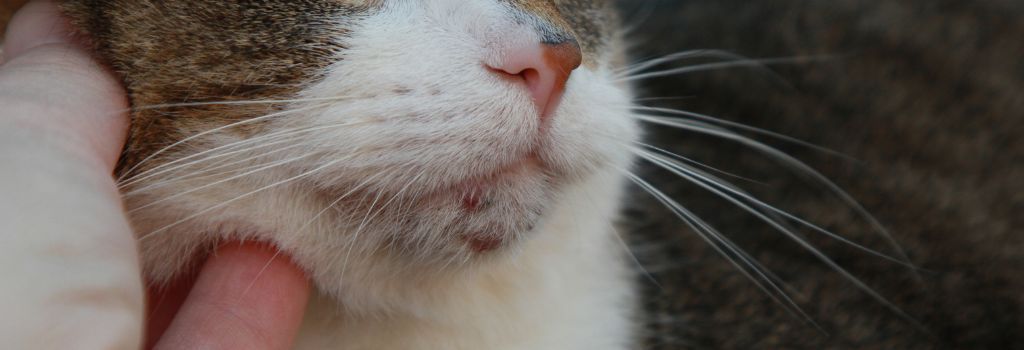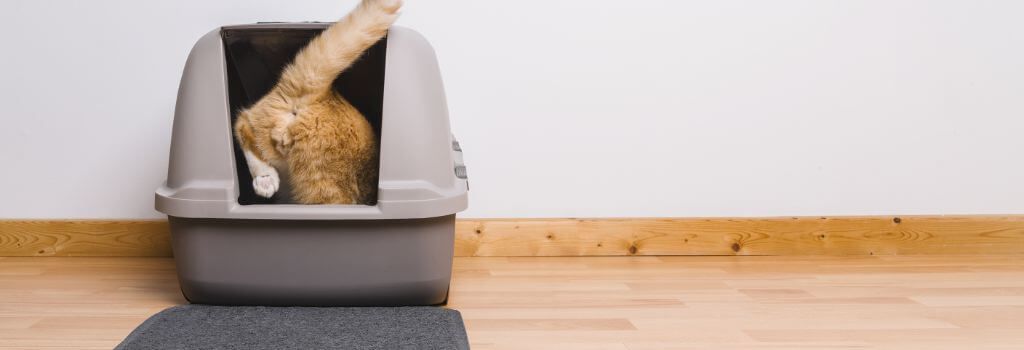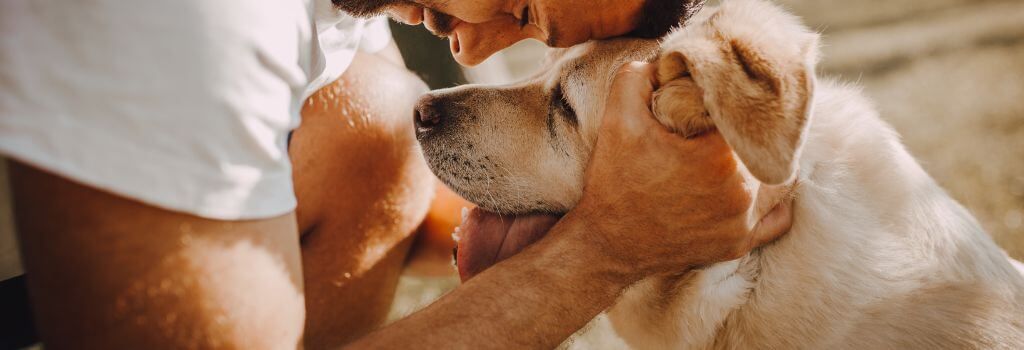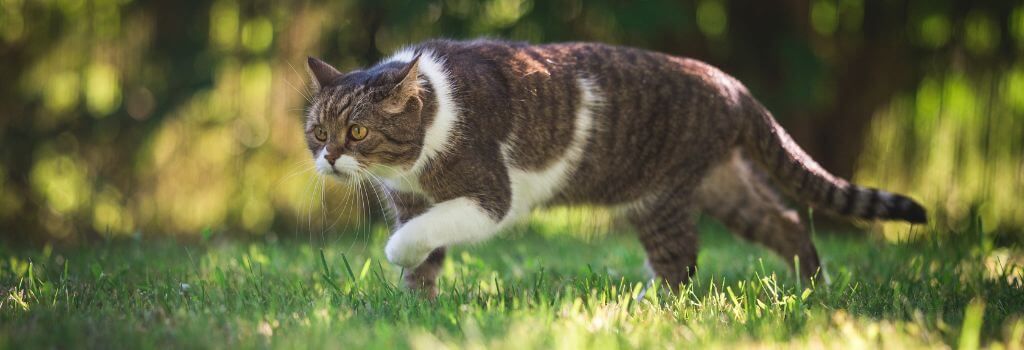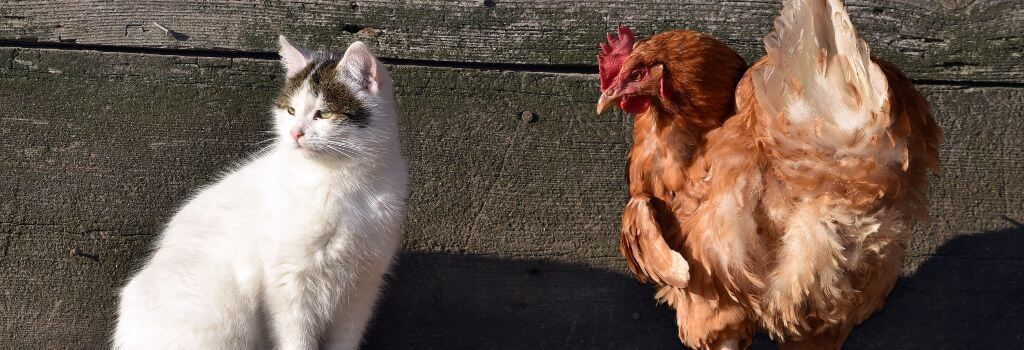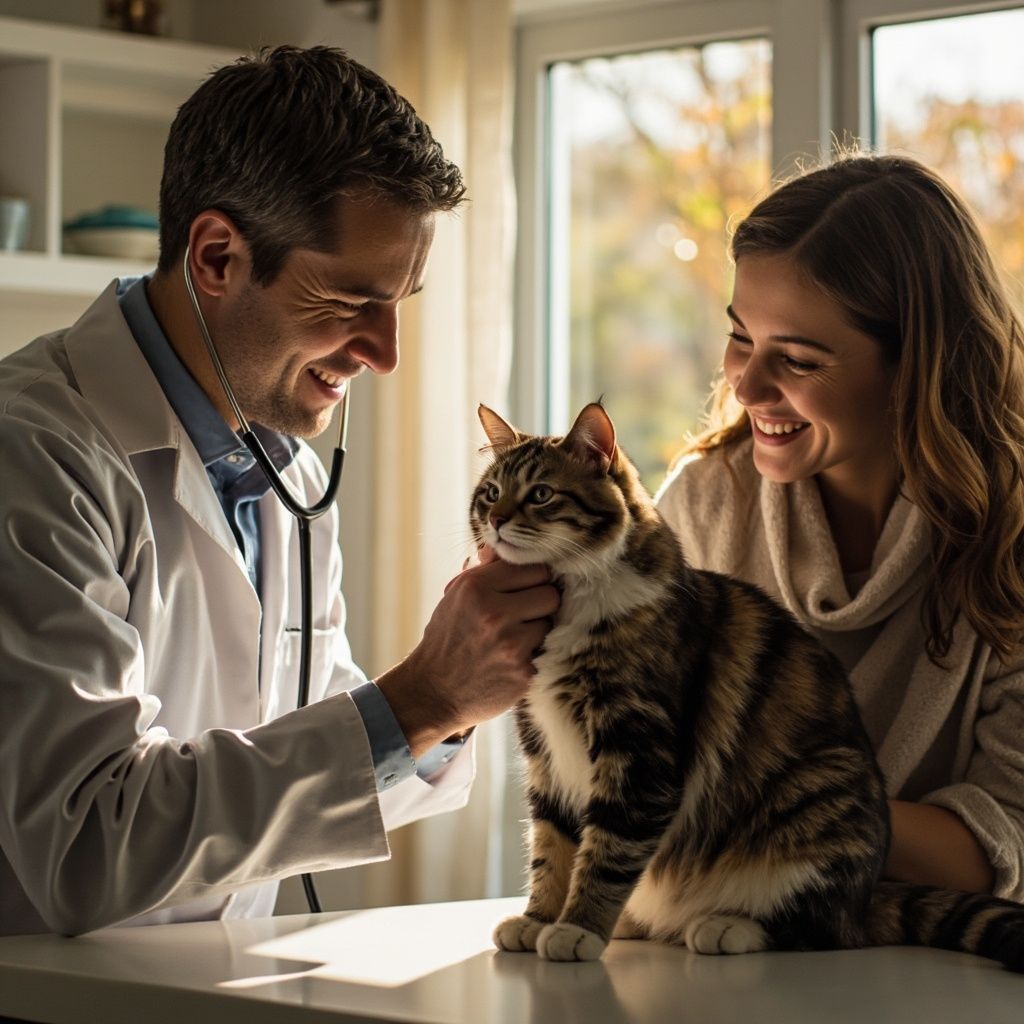Emergency Alert: Recognizing And Treating Urinary Blockages In Cats
Urinary blockages in cats can turn a routine day into a critical emergency. Alarmingly, it is estimated that up to 10% of male cats may experience a urinary blockage at some point in their lives, often being fatal. Quick recognition and immediate veterinary intervention are crucial to prevent severe complications for your whiskered companion.
Armed with the right knowledge, you can help your feline friend stay healthy and happy. Today we unpack everything you need to know about this urgent feline health issue, backed by expert veterinary advice, from an actual veterinarian. Join us as we dive into the facts every cat owner needs to know to handle this urgent health issue effectively. Understanding this common condition is critical for every cat owner!
Understanding Urinary Blockages
Urinary blockages, or urinary tract obstructions , are like a clogged pipe within your cat’s urinary tract. When a blockage or clog occurs, it prevents urine from exiting the bladder, leading to an accumulation of urine that can't escape. This buildup increases pressure within the bladder and can cause it to become distended and, in severe cases, even rupture. The resulting backup of urine also leads to an increase in toxins within the cat's system, which would normally be filtered through the kidneys and expelled via the cat’s urine. This toxic buildup can lead to a dangerous condition known as uremic poisoning.
If left untreated, the increased pressure and toxins can cause rapid deterioration of the cat's health. Kidney damage can begin, further complicating the cat's ability to remove wastes from the blood. Without intervention, this situation can lead to kidney failure, severe metabolic disturbances, or even fatality within 24 to 48 hours if not treated immediately.
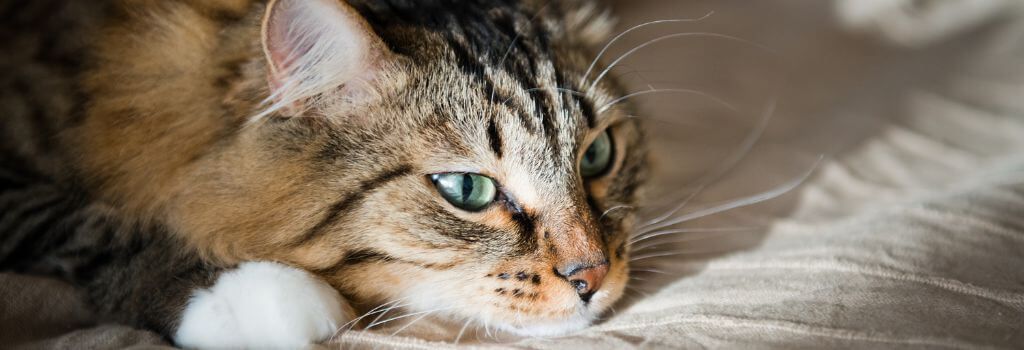
These dangerous plugs typically consist of a mix of minerals and protein deposits that can form due to a variety of dietary and metabolic factors creating crystals or small stones. These accumulate and form obstructions in the narrow passages of a cat's urethra. Urethral strictures (narrowing of the urethra due to scar tissue) and, less commonly, tumors or severe inflammation of the urinary tract can also contribute to obstruction. Male cats are at higher risk due to their naturally narrower and longer urethras, which make them more susceptible to becoming blocked.
Symptoms of a Urinary Blockage
Cats suffering from a urinary blockage will show several symptoms that pet owners should watch for:
- Frequent visits to the litter box with little to no urine production
- Painful urination, often expressed by vocalizing or straining
- Licking the genital area excessively
- Urine that is bloody or cloudy
- Lethargy or hiding
- Vomiting or refusal to eat
While urinary blockages can occur in any cat, certain factors increase the risk:
- Gender and Size: Male cats, particularly those who are overweight or neutered, are at a higher risk.
- Diet: Diets low in moisture or high in minerals can promote crystal and stone formation.
- Hydration: Insufficient water intake can lead to more concentrated urine, which increases the risk of crystal formation.
- Activity Level: Less active cats tend to have slower metabolism rates, which can affect bladder and kidney health.
- Stressed Felines: Environmental stressors, such as changes in the home, conflict with other pets, and inadequate litter box conditions, can also increase the risk of urinary problems, including blockages. Stress can lead to changes in urinary habits and exacerbate conditions like Feline Lower Urinary Tract Disease (FLUTD), which can construct blockages.
Emergency Care and Treatment for Blocked Cats
Urinary blockages are a medical emergency that requires immediate veterinary care. Treatment typically involves:
- Catheterization: To relieve the blockage, a vet will insert a urinary catheter to flush out the plug and clear the urethra.
- Fluid Therapy: To help flush the urinary system and provide hydration.
- Medication: To address pain , inflammation, and any underlying infection.
- Surgery: In severe cases, surgery may be required to remove stones or correct anatomical abnormalities. In recurring cases, a procedure called perineal urethrostomy (PU) enlarges the urethral opening to prevent future blockages.
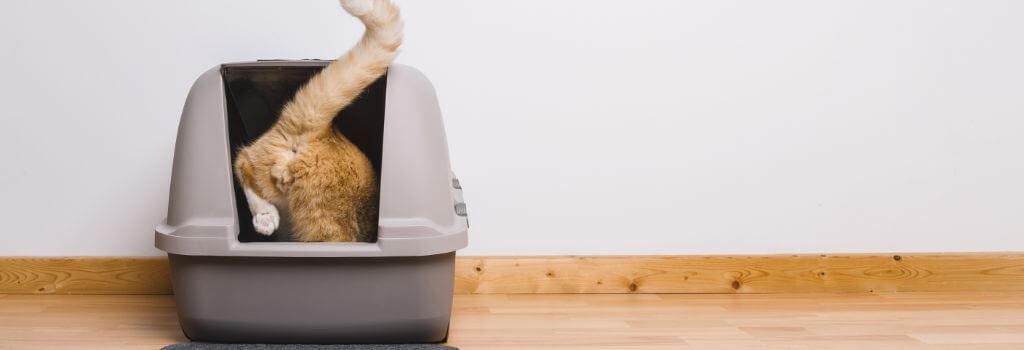
Long-Term Management
Managing urinary blockages in cats effectively requires a comprehensive approach and extra vigilance from feline owners.
Three ways cat owners can proactively minimize the risk of urinary blockages:
- Dietary Changes: One of the most effective preventive measures is to modify your cat's diet. Feeding a moisture-rich diet, which can include wet cat food or prescription diets formulated specifically for urinary health, helps reduce the concentration of minerals that can form crystals and stones. These therapeutic diets are designed to promote a healthy pH in the urine and prevent crystal formation.
- Hydration: Proper hydration is crucial in preventing urinary blockages. Cats naturally have a low thirst drive, so it's important to encourage them to take in more water. Providing multiple water bowls around the house, investing in cat water fountains that provide continuous fresh, flowing water, and mixing water into their food can all help increase their total water intake.
- Regular Veterinary Check-ups: Routine veterinary exams are vital for maintaining your cat's urinary health. Regular check-ups allow your veterinarian to detect early signs of urinary tract issues before they develop into a full blockage. During these visits, your vet may recommend diagnostic tests to monitor your cat’s urinary tract health and suggest adjustments to their preventive care routine.
Awareness is Key
Knowledge is power! Understanding the signs and acting quickly can save your cat's life. Regular discussions with your veterinarian about your cat’s diet and lifestyle are great starting points for maintaining your feline’s urinary health. Remember, when it comes to urinary issues, the sooner you act, the better the outcome. If you notice any changes in your cat's urinary habits, don’t hesitate—seek veterinary care immediately.
If you have questions and you'd like to reach out to us, you can call us directly at (859) 625-5678 , or you can email us at aacrichmond@yahoo.com. Don't forget to follow us on social media Facebook , Instagram.
Recent Posts

